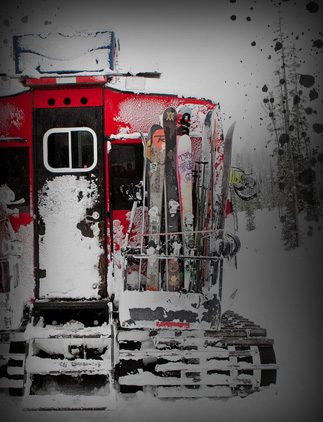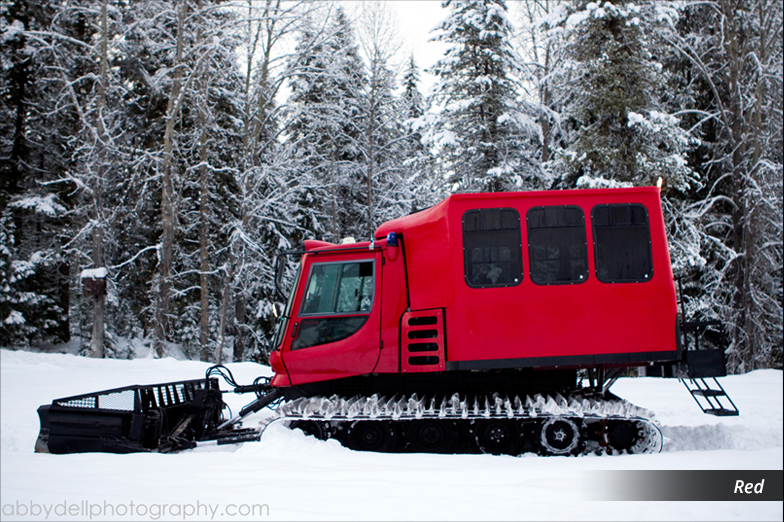
Lightweight Fiberglass Design, Lower Fuel Costs, Lower Maintenance Costs
At Great Northern Powder Guides this season, we changed out 8 tires on our cat that had the older, heavier cabin made of metal and wood. Those tires are a over $200 each. By the time you get down the mountain, you have ruined the rim, so the total cost becomes close to $400 each time a tire goes out on the mountain, not counting labor, which usually takes 0.5 hours to change out a tire.
As for grousers, we had 11 broken combi grousers on our heavier cat, again due wear and tear of the excess weight (wood and metal cabin). Grousers cost about $200 each (before labor), which usually takes .5 hours per grouser.
Lower Operating Costs and Fewer Down Days
The new cabin on the 200 cat was substantially lighter and had much less maintenance costs from tire and grouser replacements (1 tire and two combi grousers were replaced on the lighter cat). Not only were their fewer breakdowns/issues with the new cabin (lighter cat), but there is also less pressure on hoses, less maintenance, lower fuel costs, fewer down days, etc.
Downtime alone is a major factor in any operation that relies on snowcats. For instance, a cat skiing operation that is booked solid at a minimum of $3,500 a day, if the cat goes down due to these issues, it becomes very costly. Each day the cat is down, the business is losing a minimum of $3500 per day plus costs to fix the broken equipment. In the case of a blown pump or drive motor, it can take several days to get one delivered and replaced.
Less Fuel Consumption = Money in Your Pocket
As for fuel consumption, we conducted some tests. We took 2 cats out, both cats traveling the same terrain, with the same engines, but with different cabins (1 cat with the old metal and wood cabin and the other cabin was the new, lightweight fiberglass cabin). The snowcat with the fiberglass (lightweight) cabin burned 4-7 gallons less per day vs the cat with the older metal and wood cabin.








